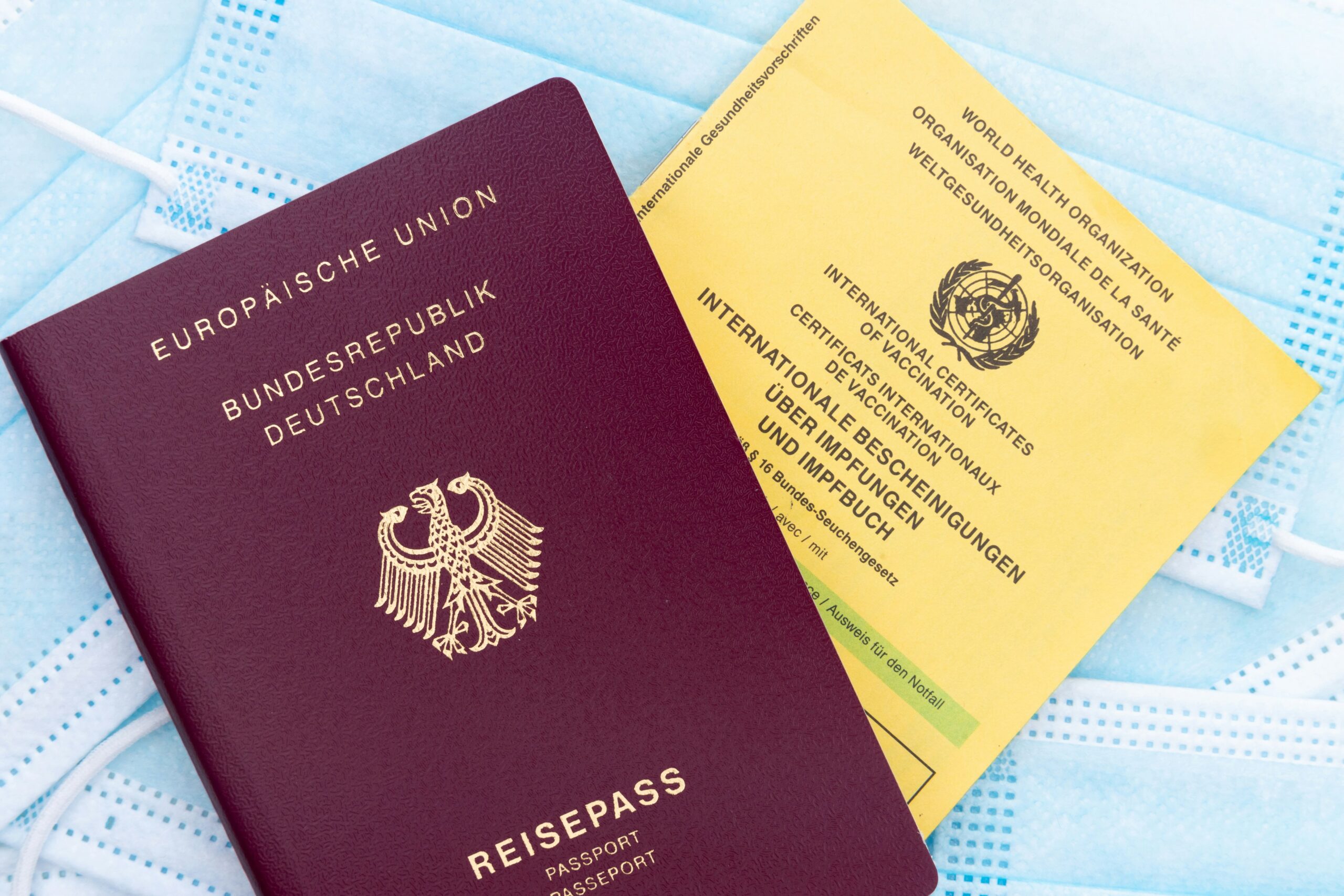What Is a Schengen Visa?
The Schengen Visa is a short-stay visa that allows travelers to move freely within the 29 Schengen countries in Europe. With one visa, you can explore multiple destinations without needing separate permits.
This visa is valid for stays of up to 90 days within a 180-day period and is typically issued for tourism, business, visiting family/friends, cultural or educational trips, or medical purposes.
From April 2027, even visa-free travelers will need an ETIAS (European Travel Information and Authorization System) before entering Europe. Learn more on the ETIAS Official Website.
Planning to study, work, or travel abroad? Check our Student Visa Guides and Work Visa Requirements for detailed country-specific info
Schengen Area Countries (2025)
Here’s the complete list of 29 Schengen member states:
-
Austria
-
Belgium
-
Croatia
-
Czechia
-
Denmark
-
Estonia
-
Finland
-
France
-
Germany
-
Greece
-
Hungary
-
Iceland
-
Italy
-
Latvia
-
Liechtenstein
-
Lithuania
-
Luxembourg
-
Malta
-
Netherlands
-
Norway
-
Poland
-
Portugal
-
Slovakia
-
Slovenia
-
Spain
-
Sweden
-
Switzerland
Non-Schengen Countries Accepting Schengen Visa
Several countries outside the Schengen zone also allow entry with a valid Schengen visa, including:
Albania, Turkey, Serbia, Montenegro, Bosnia & Herzegovina, North Macedonia, Cyprus, Georgia, Gibraltar, Colombia, and more.
This makes the Schengen Visa one of the most powerful travel visas in the world.
Types of Schengen Visas
Schengen visas fall under two main categories:
1. Airport Transit Visa (Category A)
For travelers transiting through a Schengen country airport before reaching their final destination.
2. Short-Stay Visa (Category C)
Allows you to stay up to 90 days within 180 days for purposes like tourism, business, cultural programs, or visiting relatives.
By Entries:
-
Single-Entry Visa – one-time entry only.
-
Double-Entry Visa – allows entry twice during validity.
-
Multiple-Entry Visa – freedom to enter and exit Schengen as many times as needed within validity.
Limited Territorial Validity Visa (LTV)
Only valid in the issuing country (e.g., France only). Rare and usually issued for humanitarian reasons.
Schengen Visa Application Process (Step by Step)
Applying for a Schengen Visa involves these essential steps:
-
Fill the Schengen Visa Application Form
-
Available online or at the embassy website.
-
Print and sign two copies.
-
-
Book an Appointment
-
Through the embassy or consulate of the country you plan to visit.
-
-
Prepare Your Documents
Required documents include:-
Valid passport (issued within last 10 years, valid 3 months beyond stay).
-
Completed application form.
-
Recent passport-sized photos.
-
Proof of accommodation (hotel booking, invitation letter).
-
Flight reservation/itinerary.
-
Proof of funds (bank statements, sponsor letter).
-
Travel insurance covering €30,000 medical expenses.
-
👉 Full checklist available at the European Commission – Schengen Area.
-
Attend Your Appointment
-
Submit documents, give biometrics (fingerprints), and answer interview questions.
-
-
Pay the Visa Fee
-
Adults: €90
-
Children (6–12 years): €45
-
Children under 6: Free
-
-
Wait for Processing
-
Usually takes 15 days, but can extend up to 45 days in busy seasons.
-
Schengen Visa Fees (2025)
| Category | Fee |
|---|---|
| Adults | €90 |
| Children (6–12 yrs) | €45 |
| Children under 6 yrs | Free |
| EU/EEA family members | Free |
| Long-stay visas (D type) | Country-specific |
Where to Apply for a Schengen Visa?
-
Single Country Visit: Apply at that country’s embassy/consulate.
-
Multiple Countries (Unequal Stay): Apply where you will stay longest.
-
Multiple Countries (Equal Stay): Apply at the embassy of the country where you first enter.
Visa Validity & Stay Duration
-
Standard Schengen Visa: 90 days in 180 days rule.
-
Validity dates (entry & exit) are printed on the visa sticker.
-
Long-stay visas (National Visa – Category D) are required for work, study, or stays longer than 90 days.
Schengen Visa Extension
Extensions are rare and only granted for:
-
Force majeure (emergencies).
-
Humanitarian reasons.
-
Serious personal issues.
Applications must be filed before current visa expires.
Common Reasons for Visa Rejection
-
False or forged documents.
-
Insufficient funds.
-
Invalid or no travel insurance.
-
Unclear purpose of visit.
-
Previous overstays or Schengen entry bans.
-
Security or public health concerns.
If you want to avoid rejection, read our detailed article on Top Visa-Free Countries 2025 – easier destinations with no visa hassle
✅ Tip: Always double-check your documents and travel insurance before submission.
Consequences of Overstaying a Schengen Visa
If you overstay:
-
Heavy fines.
-
Possible entry bans (1–5 years).
-
Deportation.
-
Negative impact on future visa applications.
FAQs on Schengen Visa (2025)
Q1. How early can I apply for a Schengen Visa?
You can apply up to 6 months before your trip and no later than 15 days before travel.
Q2. How long does it take to get a Schengen Visa?
On average, 15 days, but during peak season it may take longer.
Q3. Can I work on a Schengen Visa?
No, Schengen visas are for tourism, business, or short visits only. You need a National Visa (D) for work or study.
Q4. Do I need travel insurance?
Yes, travel insurance with a minimum coverage of €30,000 is mandatory.
Q5. Can I apply for a Schengen Visa from the USA/UK?
Yes, if you are legally residing there, you can apply at the consulate of your destination Schengen country.
Q6. What if my visa gets rejected?
You can appeal the decision or reapply with corrected documents.
Final Thoughts
The Schengen Visa remains one of the most powerful short-stay visas in the world, letting you explore 29 European countries with one permit. Whether you’re traveling for tourism, business, studies, or family visits, following the correct process and preparing the required documents will significantly improve your chances of approval.
👉 Pro Tip: Always apply early, double-check your documents, and buy valid travel insurance to avoid rejection.

